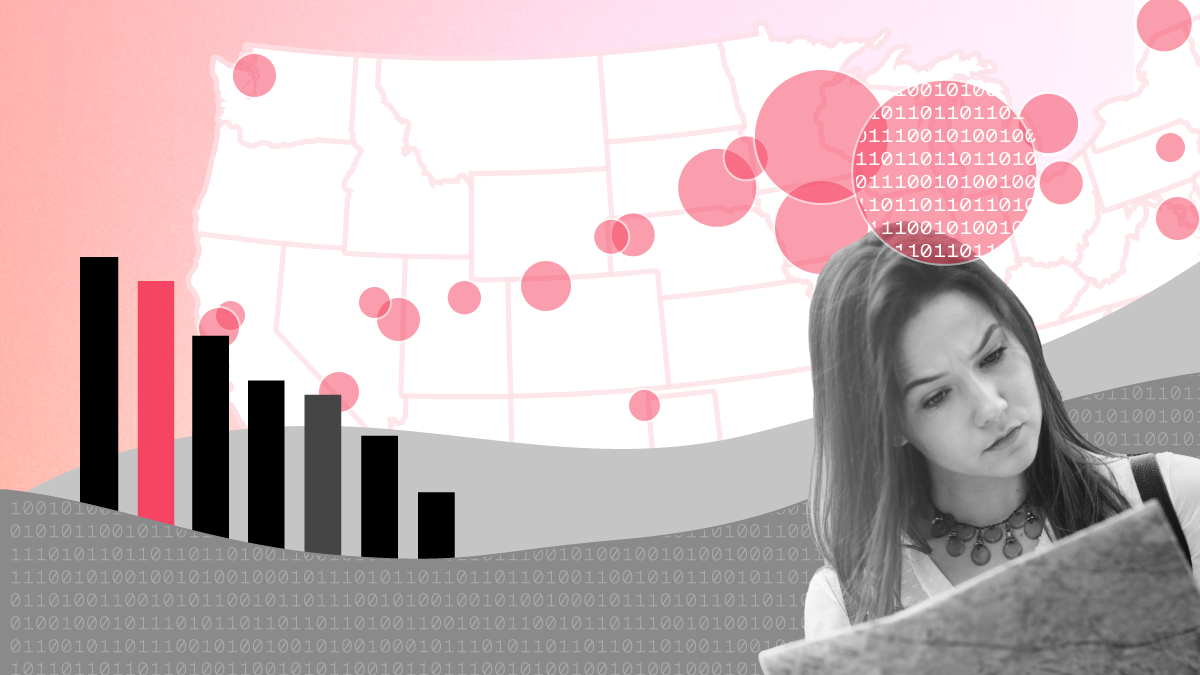In June 2022 Lightcast released an analysis of trends in urban and rural job postings. We examined job postings from 2017 to 2019 and compared them to postings from 2019 to 2021.
The big finding?
From 2019 to 2021 there was a higher relative share of job postings in rural areas than urban. This is a reversal of the trend from 2017 to 2019.
Since its release, we’ve had the opportunity to present on the findings, hear from communities about what is going on in their region, and even kicked off a new Lightcast podcast by discussing the report (stay tuned for its release!). A common theme we’ve heard from folks is how to apply this national-level research to their community. Here are a few things to keep in mind to make the most of this research and localize it for your region.
Examine the Data for Your Region
While Rural’s Rise pointed out the 10 rural counties with the most posting growth, it was a national analysis. “We looked at these national trends, but that could differ for each community. And I think it's important to understand how the narrative might play out in a local setting,” says Layla O’Kane, senior economist at Lightcast.
Just like cities vary greatly in economic characteristics, so do rural communities. What’s happening at a national level or in one region, may not be the case for another.
Even states aren’t going to follow all the same national trends. For example, in Florida, most of the rural job growth is in sub-BA occupations. But only four of those occupations show up as top growth on the national level. Six of them are unique to Florida.
Remember Definitions Play an Important Role
There are more than a dozen federal definitions of rural. The urban and rural classifications of the US Census Bureau and the nonmetro rural definition of the Office of Management & Budget are the two most widely used. But as the Center on Rural Innovation (CORI) points out, these two definitions produce vastly different counts on the number of rural Americans.
For Rural’s Rise, the delineation of rural and urban was based on the Census definition. If a county had less than 40% of its population in Census-defined urbanized areas or urban clusters, it was categorized as rural. This threshold was chosen to avoid categorizing counties in the middle as either rural or urban.
Any definition is going to have pros and cons and is likely to not perfectly classify every community. This is especially true when individuals’ definitions of rural can vary greatly. If the findings of Rural’s Rise don’t match with what your community is seeing on the ground, it could be that the trends found reflect rural under a different or broader definition than what your community uses.
Sample Size and Rural Analysis
Regardless of the definition used, a trait of rural counties is that they are less populated. Naturally, there are fewer employers, and as a result, fewer job postings. Anytime you are drawing conclusions from data it’s important to have an adequate sample size. (For example, when calculating the top occupations in Rural’s Rise, we limited to occupations with greater than 200 rural postings.)
Garnering that sample size of job postings from a single rural county may not always be possible. Combining multiple counties to create a regional group may be necessary to get the quantity of necessary data. When doing this, keep in mind the end goal: gathering information that is reflective of your area, which then results in good decision-making. In their discussion of how to define rural areas, CORI says, “the goal should be to group places that share characteristics that most impact social and economic outcomes.”
This is good advice when creating a rural region to reach an adequate sample size. In the case of job postings, once that sample size is reached, it’s still important to look at the raw postings for some of the top employers. This allows for a spot check to ground truth information, such as job location, pulled from job postings.
Good for Localizing—and Examining Other Research
Examining region-specific data, understanding the definitions used, and working with an adequate sample size will help localize research conducted at a national level. These tips, however, are useful when examining any research for actionable insights. Whether a Lightcast report, analysis by the Wall Street Journal, or a Brookings white paper, taking national or broad research and applying it to your local region is a skill that can set your economic development organization apart.
